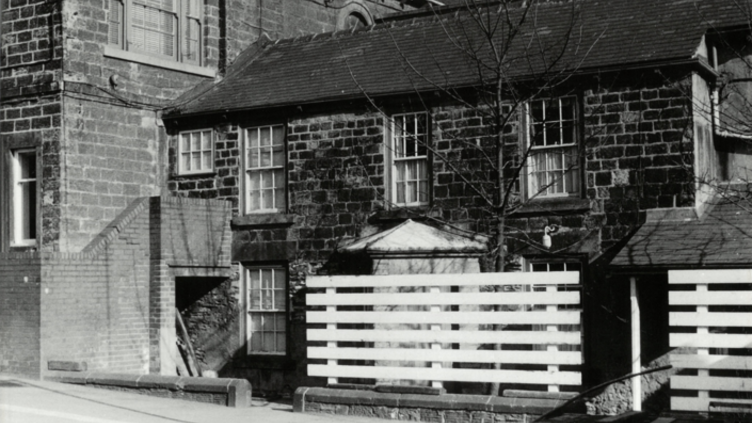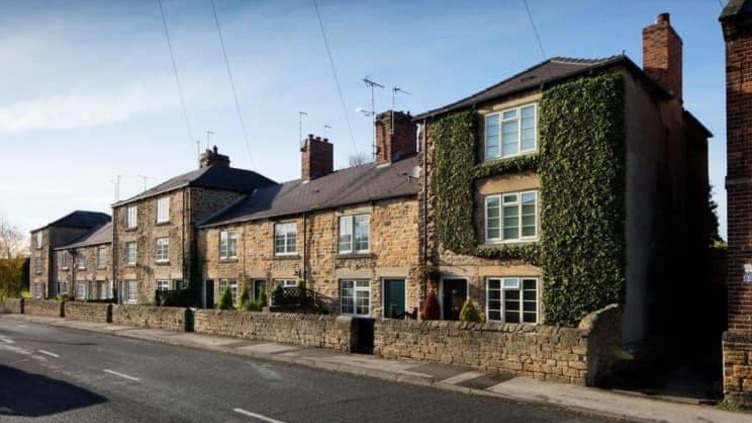Elsecar Then & Now
Welcome to Elsecar New Yard!
The New Yard, also known as Elsecar Workshops, was built in the 1850s under the direction of John Hartop, manager of Elsecar Workshops, for the 5th Earl Fitzwilliam. Originally consisting of two long building ranges along Wath Road and Forge Lane, along with a shorter range on its eastern boundary (Distillery Side), it provided a central hub for joiners, carpenters, blacksmiths and repair shops. The purpose was to enhance efficiency in supporting the village’s collieries, ironworks and the Wentworth Woodhouse estate.
In 1947, the New Yard came under the ownership of the National Coal Board, marking the end of its connection with the Fitzwilliam family and Wentworth Woodhouse. Over the following years, several changes were made to the site, including the demolition of some buildings.
Today, the New Yard stands as a significant industrial heritage site, preserving the legacy of centuries of ironworking and coal mining. It also holds the stories of those who moved to Elsecar and built their lives here. The site is now a vibrant destination, home to independent shops, artists, maker studios, cafés, a pub and an antiques centre. The former ironworks rolling mill has been transformed into a vibrant events venue. Remember to pop by our Visitor Centre to learn more about the history of Elsecar.
While exploring, don’t miss Elsecar’s picturesque village park featuring an iconic bandstand and spectacular views. The reservoir has been transformed into a flourishing nature reserve with a diverse range of wildlife. Stroll or cycle along the canal towpath, which now forms part of the Trans Pennine Trail.
Manager's office
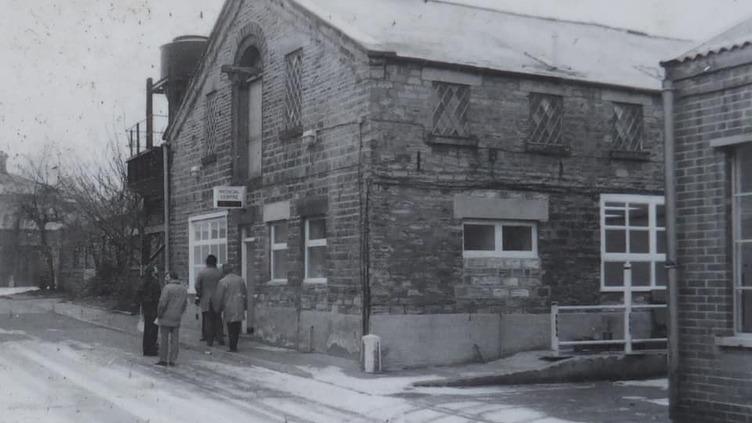
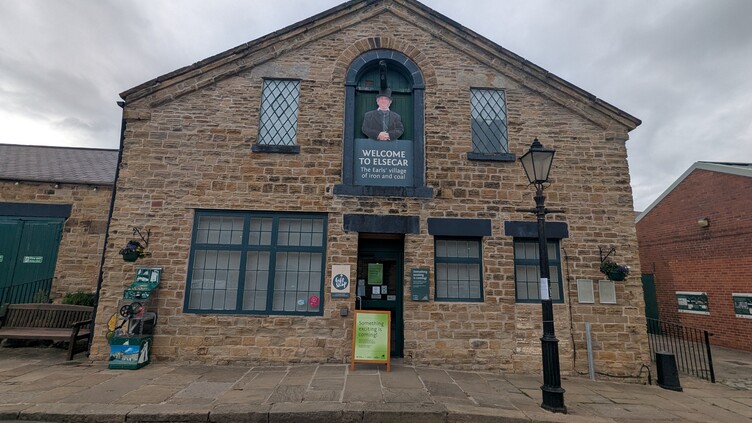
A two-storey building, built in the 1850s, featuring stonewalls, ornate windows and a slate roof supported by exposed timber trusses. It is thought to have originally housed an office for the site manager and his clerk. The building appears to have been constructed in two phases. On the first floor, its original external wall is visible, with a doorway featuring a round window above it and two additional windows. The “dowty prop” shop (hydraulic pit prop) also operated here from the 1940s onwards. By the 1970s, the building was repurposed as the National Coal Board’s medical centre and electrician’s shop.
Now home to the Visitor Centre, this space first opened in 2011and has been refurbished in 2025, introducing new display areas and a unique audio-visual experience. Stop by to enjoy a warm Yorkshire welcome and explore the captivating history of Elsecar.
Blacksmith's workshop

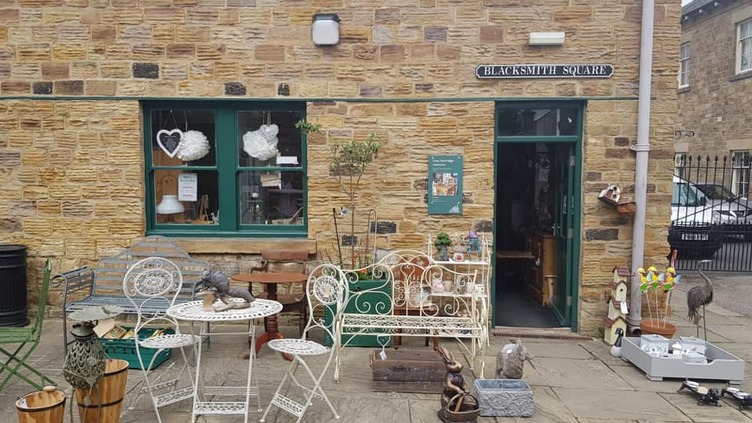
The blacksmith’s workshop, built in the 1850s, was once located along this building range.
The workshop was said to contain six brick and cast-iron furnaces, positioned along the Wath Road wall, with water troughs beneath them for cooling items. A fan at one end of the workshop provided air to fuel the blacksmith’s fires. The workshop also housed two steam hammers, including a Nasmyth-style machine, which has since been relocated to
the Bridgewater Canal in Salford. After the National Coal Board acquired the Fitzwilliam collieries in 1947, changes were made to the New Yard workshops, leading to the closure of the blacksmith’s workshop. A new building known as the “leg shop” was built alongside, where hydraulic legs (powered roof supports) were maintained. Hydraulic legs replaced timber props and steel bars in longwall mining. They prevent roof collapses and ensure miners’ safety.
Engineer and inventor: James Nasmyth, 1808-1890
Nasmyth was married to the daughter of John Hartop, the manager of Elsecar Ironworks. In 1839, Nasmyth invented the steam hammer (his design patented in 1842), initially intended to help Isambard Kingdom Brunel with the construction of steamships. The steam hammer greatly improved the efficiency of manufacturing. In 1851, John Hartop ordered a Nasmyth steam hammer for the Elsecar New Yard, reportedly at a cost of £200.
Carpenters Workshop

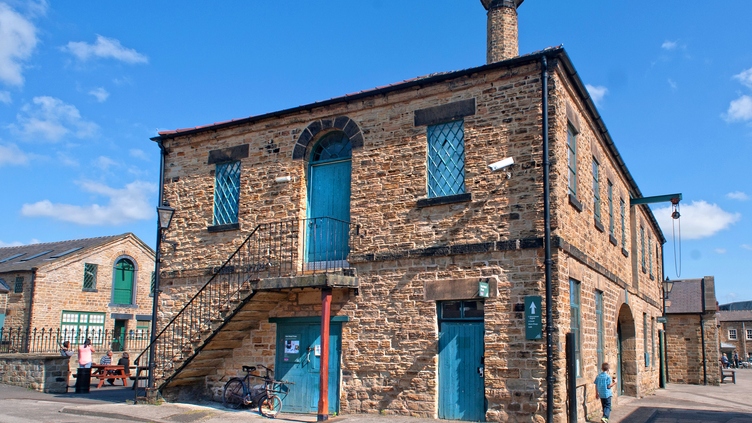
This large rectangular building, built in the 1850s, is believed to have been designed by the same architect who designed Hoyland Town Hall. Over time, it also became known as the engine and boiler repair shop as well as the machine shop, specialising in the maintenance of engines and other large machinery for the coal mining and ironmaking industries. Have you noticed its impressive roof height? By the 1970s, the building housed various facilities, including the annealing shop (providing heat treatment service on metals with the aim of changing the metals’ properties), coal cutter repair shop, plating shop and the Union office – all essential for servicing and supporting the colliery. See if you can spot a date stone marked “1850”, along with an inscription.
6th Earl Fitwilliam's private railway station
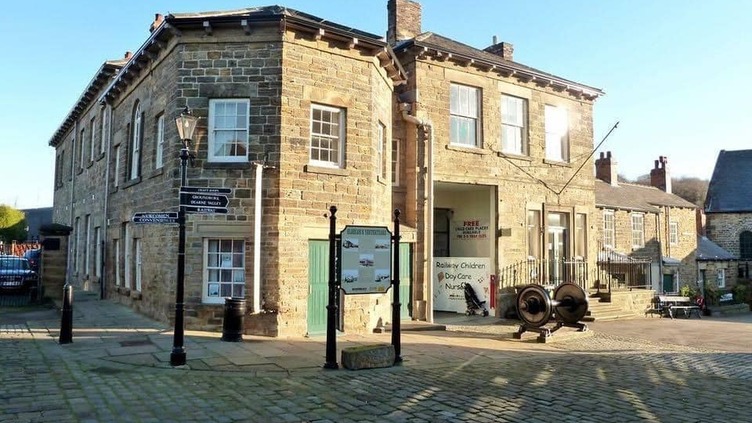
The private railway station was built especially for the use of the 6th Earl and his guests, including royalty. It was part of the Earl’s continuing ambition to showcase Elsecar as a successful industrial model village.
The station was located at the upper end of the Elsecar branch of the South Yorkshire Railway. The line was passed onto the Manchester, Sheffield and Lincolnshire Railway in 1864 before the opening of the private railway station in 1870. It also served as a departure point for seaside excursion trains carrying workers and their families. By the early 1900s a railway track connected the station to the machine shop (located in front of you), enabling engines to move conveniently from the main railway line to the workshop for repairs. The connecting tracks can still be seen today.
When the Elsecar Heritage Centre opened in the early 1990s, the railway station was transformed into the “Elsecar Story” museum, which celebrated the rich history of the village and its people. The museum closed in the 2000s, and the site’s first Visitor Centre opened in 2011.
Sawmill
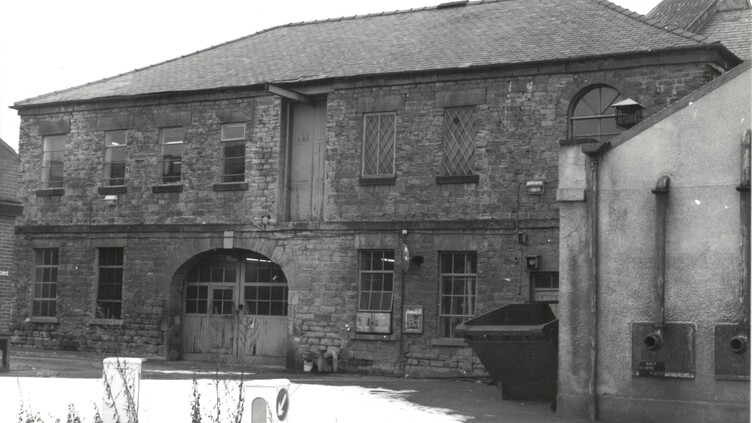
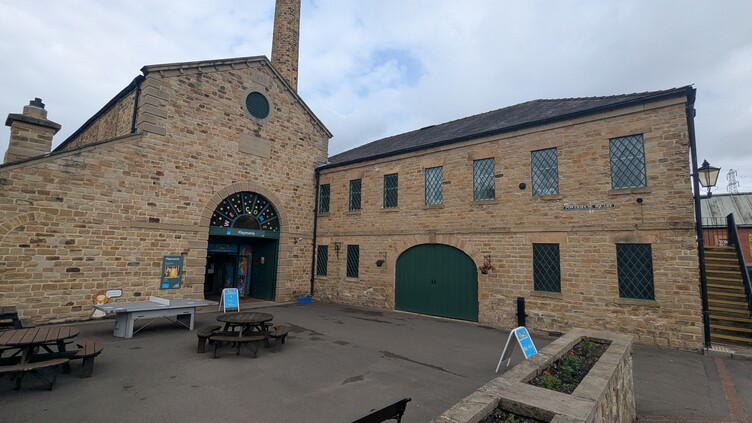
The ground floor of the building once housed a sawmill, it’s northern section containing an engine room equipped with a boiler. The building also accommodated a joiner’s shop. Above the joiner’s shop on the first floor was a pattern store, with part of the area used as a saddlery. Another sawmill had operated previously, located at the south-western end of the building. Both sawmills were steam-powered. Building date unknown.
Joiners shop
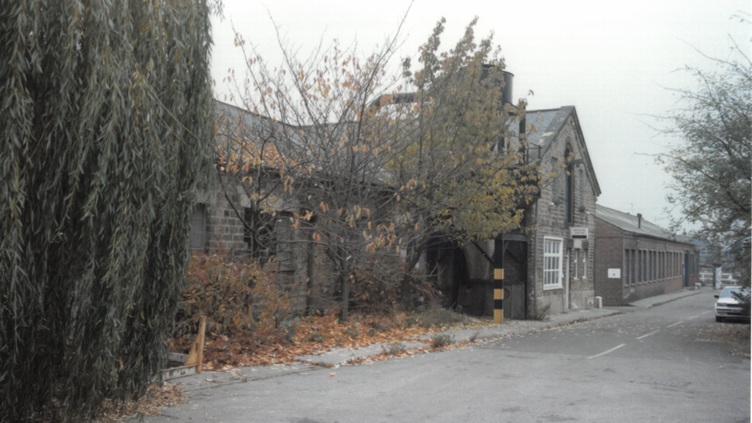
The single-storey stone building characterised by its slate roof and exposed timber trusses, was originally the joiner’s shop. The shop, built in the 1850s, is thought to have had a timber floor and featured a tunnel running through it, linking to the engine house at the sawmill for power. In 1953, the original front wall was removed and extended with stone, in line with the estate’s policy at the time of using stone for all expansions.
The paint shop and the yard foreman’s office were located on the far-left side of the building in front. A section of the building’s floor had wooden block flooring.
Newcomen Beam Engne
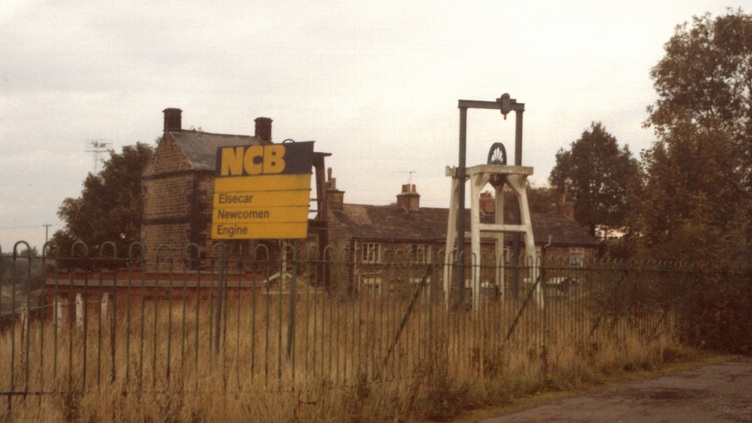
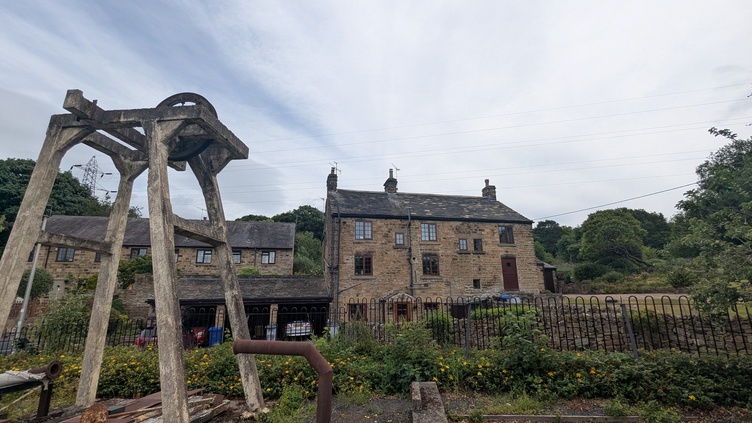
The Newcomen Beam Engine, constructed under the direction of the 4th Earl Fitzwilliam, was designed to pump water from Elsecar New Colliery, enabling access to deeper coal seams. The engine resides in a three-storey sandstone engine house with a gabled roof. It is the only atmospheric engine in the world created by Thomas Newcomen that remains at its original site, situated above the original mine shaft. It stands as a remarkable example of the early Industrial Revolution and the development of steam power. Various suppliers contributed to the engine’s components, including Longden, Newton and Chambersof Thorncliffe Ironworks in Chapeltown, near Sheffield, as well as John Darwin & Co. in Sheffield. The pumps and pipes came from Park Iron Works in Sheffield, while the wooden beam was sourced from the Earl’s woodland in Wentworth.
The engine itself was constructed by John Bargh near Chesterfield. The Newcomen engine was replaced by electric pumps in 1923, under the South Yorkshire Pumping Association. The engine did continue to operate occasionally, powered by steam from a Lancashire boiler in Elsecar Workshops, until the 1950s. In 2014, a conservation project funded by the Heritage Lottery Fund and English Heritage restored the Newcomen Beam Engine, its pumping shaft and engine house to working condition, with public access to the site also being made possible.
Distillery side

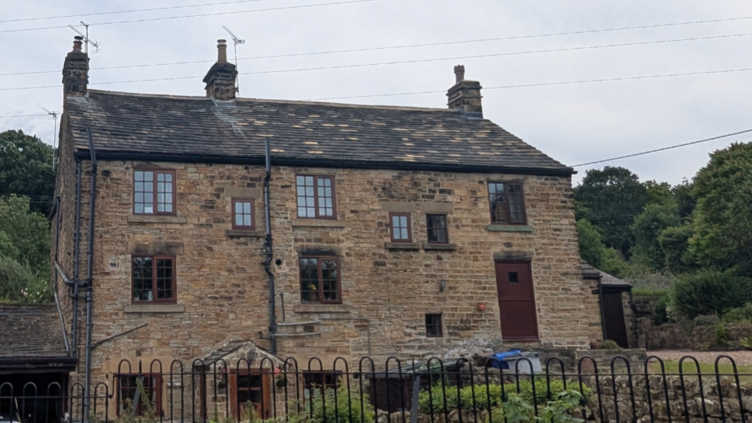
Elsecar Canal
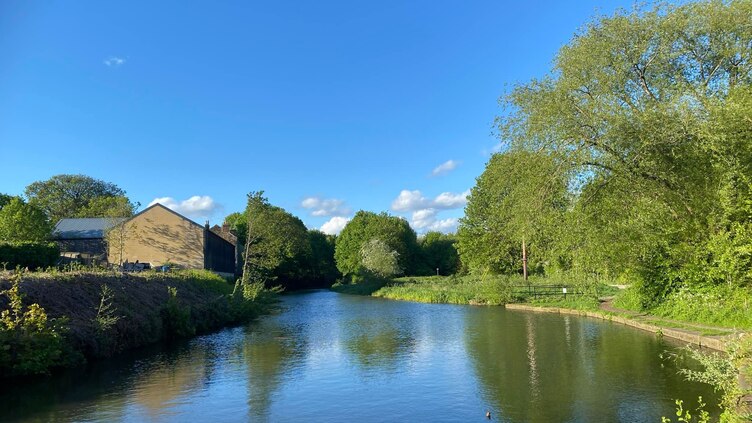
The Elsecar branch of the Dearne and Dove Canal opened in 1798 with the main aim of serving the coal mines, including Elsecar New Colliery.
The branch brought about increased trade opportunities, connecting Barnsley with the wider region, including the port of Hull. The Elsecar branch is about two miles long, and features a six-lock system which could raise the canal to 48 feet at its terminus basin – a wider section of the canal marking the end point. Around 1860, the branch was reduced to make way for the expansion of Elsecar’s railway. With the increased railway competition and land subsidence caused by the mines, usage of the canal declined before it closed completely in 1961. Barge workers were known to frequent the Ship Inn, which is now a private residence, located further up from the canal basin. A flour mill, bearing the initials ‘E.F.W.’ (Earl Fitzwilliam Wentworth), was built in 1842 for the Fitzwilliam estate and stands further along the canal. Originally steam-powered, it was constructed by the 5th Earl Fitzwilliam. The mill is now a business premises.
Milton Hall
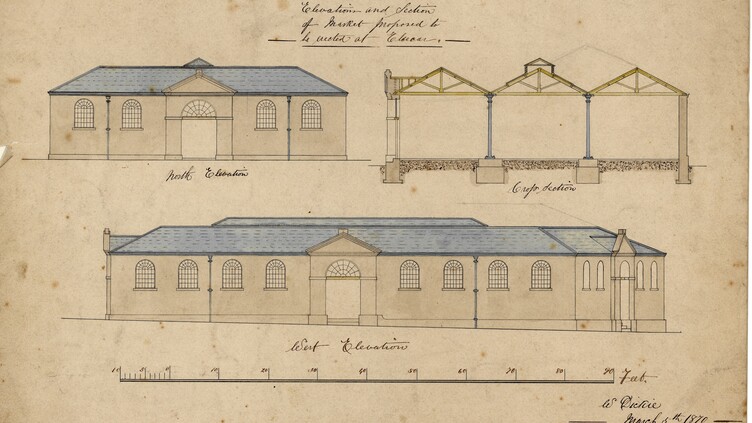
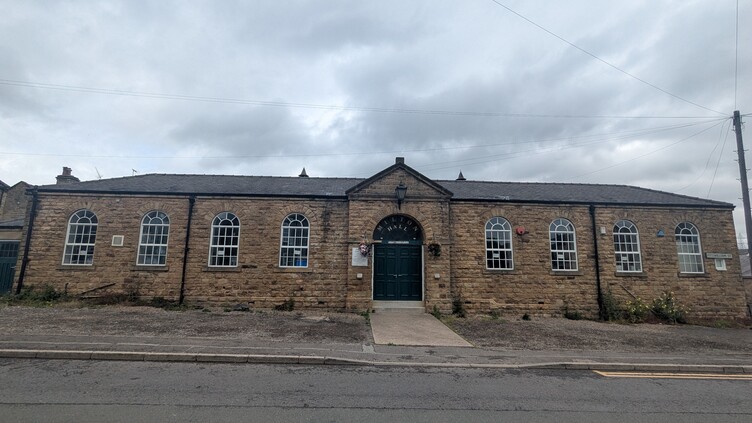
Milton Hall, situated at the corner of Fitzwilliam Street and Wath Road, stands behind this building range. Originally built in 1870 as a market hall, it replaced an open-air market where people gathered to trade and socialise, reducing the need to travel further afield.
In 1931, the building was transformed by the 7th Earl Fitzwilliam into a concert hall with various function rooms, to celebrate his son Viscount Milton’s 21st birthday. It was renamed as the Milton Hall. Now it is available to hire for events and special occasions. There is also a Milton Hall near Peterborough, which serves as the historic home of the Fitzwilliam family.
Cottages
